Nicolae Ceausescu is the name of the man who ruled Romania with an iron fist from 1967 until his execution in 1989. A known megalomaniac with delusions of grandeur, this authoritarian dictator is known, among other (mostly horrendous) things, for being the mind behind the most ambitious urban change in the history of Bucharest.
At the top of this architectural and urban renewal madness, sits the Parliament Palace, also known as the House of the People.
This pharaonic building displays an eclectic neoclassical style and, despite looking at least a hundred years older than it actually is, its construction only began in 1984. Its 340,000 square meters (3,700,000 square feet) make it the largest, heaviest and most expensive administrative building in the world according to the Guinness Book of Records. It also holds the title for the second largest facade area (after the Pentagon) and the third largest building in the world overall.
It has twelve floors above ground (86 mts) and eight below ground surface ( up to 92 meters). Noble woods, expensive marbles, 2-inches thick rugs and large, 2-meters high bronze and glass chandeliers decorate the more than 64 halls and 3,100 rooms that Ceausescu planned for what would be his residence and headquarters of the Romanian Government.
For the construction of the palace and the grand boulevard Uniri, much of the medieval city and the old Jewish quarter of Bucharest, including churches, synagogues and monasteries had to be torn down. In total, over 7000 houses were demolished to make room for Ceausescu’s big urban plan.
It took 700 architects and three shifts of 20,000 workers working 24 hours a day for five consecutive years to get the palace half-done. After a hiatus due to the dictator’s death in 1989, the construction started again in the mid-90s, and although the exterior looks now ready, the palace has not yet been finished.
The House of the People is currently a multi-purpose building, in addition to its functions as the seat of the Romanian Legislative Power, it acts as congress and exhibition center and the most popular Bucharest tourist attraction.
Since 2004, the west wing also houses the MNAC, National Museum of Contemporary Art of Romania, which displays the latest trends in Avant-Garde artistic expressions; painting, scultpture, performance, video and sound.
Currently, only 30 % of the total surface of the palace has an administrative usage, and only a tiny part (5%) is open to the public.
The palace also organizes daily guided tours of the interior. The visits cost RON 15 (€3.50). There is a RON 30 (€7) fee for taking pictures of the interior.
Please keep in mind that, being a government building, you need to show your passport in order to access the palace.
You could probably write a book about all the trivial facts and legends that surround the Parliament in Bucharest; the most famous myths include the existence of a bunker 20 meters under the main building. It is also said that in the 80s, in only 4 hours, the Parliament Palace could use the total amount of electricity needed to light all Bucharest for a whole day. Currently, though, most of the lamps hanging from the humongous building’s ceiling are only turned on when a special dignitary visits the palace and their light bulbs have been replaced with, more power-effective, fluroescent alternatives.
Probably the most popular urban legend that surrounds the House of the People, though, is the one regarding Michael Jackson, who, leaning on one of the balconies and waving at the crowd said:
Hello Budapest, I’m so glad to be here.
Although the King of Pop really made this faux pas in Bucharest, it didn’t happen at the Parliament, but at the National Stadium during a concert.



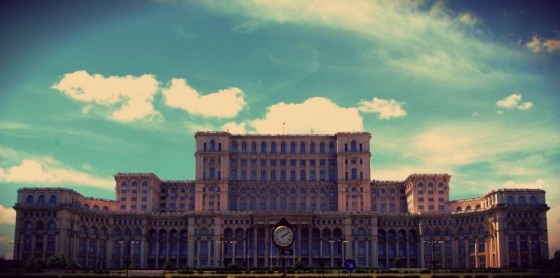
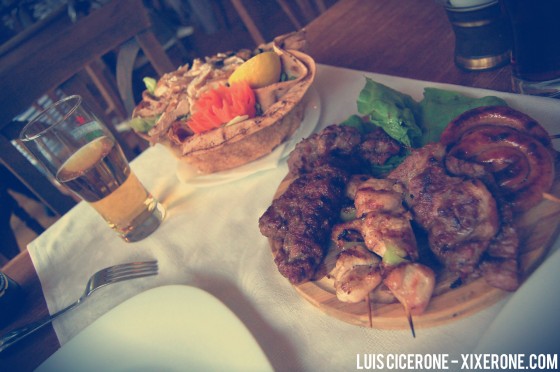

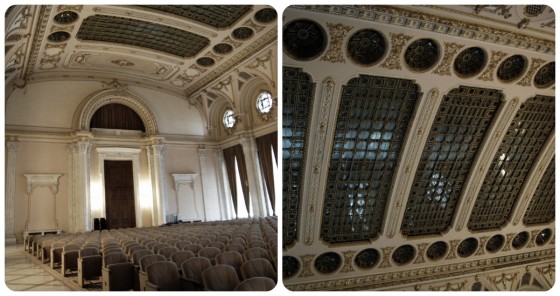
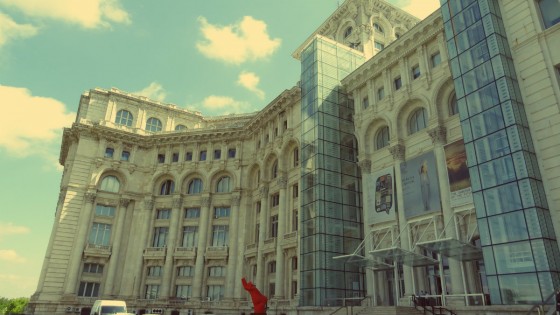
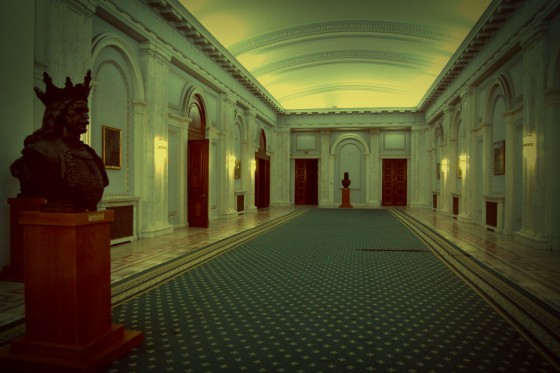
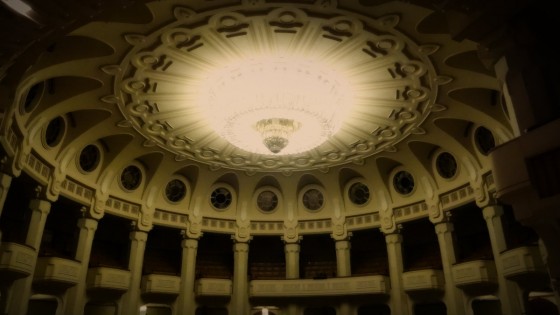




















Leave a Reply
View Comments